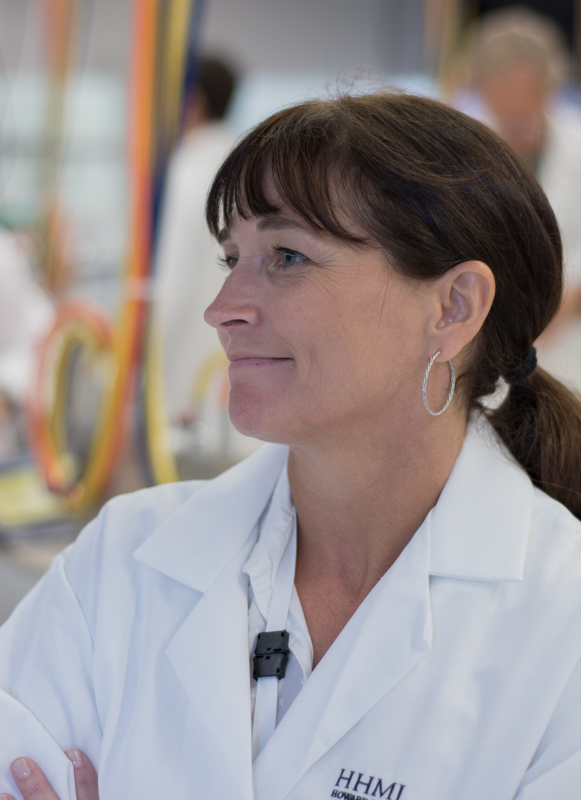Welcome to the forums at seaphages.org. Please feel free to ask any questions related to the SEA-PHAGES program. Any logged-in user may post new topics and reply to existing topics. If you'd like to see a new forum created, please contact us using our form or email us at info@seaphages.org.
Recent Activity
All posts created by akoga
| Link to this post | posted 25 Jul, 2022 18:23 | |
|---|---|
|
|
scresawn |
Posted in: Phamerator → Phamerator down?
| Link to this post | posted 23 Jul, 2022 20:40 | |
|---|---|
|
|
Hey Steve, Is there a problem with Phamerator? I am getting a perpetual spinning wheel when it tries to draw a map. This happens after clicking on the Cluster–I don't even get a list of phages in the cluster. Ann |
Posted in: Phamerator → Phamerator down?
| Link to this post | posted 12 Apr, 2022 22:07 | |
|---|---|
|
|
Thanks Debbie! It is working now! Ann |
Posted in: DNA Master → Auto-annotation fix for fall 2017 and later
| Link to this post | posted 12 Apr, 2022 02:05 | |
|---|---|
|
|
Debbie, I am now having this problem with Auto-Annotation that so many others have described. I have checked my preferences several times and keep getting the error message that Glimmer failed, though, like others, I get Glimmer calls but not Genemark calls. My version says 5.23.6 Build 2705 Ann |
Posted in: DNA Master → Auto-annotation fix for fall 2017 and later
| Link to this post | posted 23 Oct, 2021 16:09 | |
|---|---|
|
|
We have had a rough time isolating any phages this semester. I tried moving to G rubripertincta. We got one phage out of 4-5 rounds with 14 students. We switched to G. terrae and have only gotten one. It’s really difficult to keep students motivated. |
| Link to this post | posted 11 Mar, 2019 21:25 | |
|---|---|
|
|
We are annotating Axym, a Cluster CT phage. On the right arm of the genome is a gene belonging to Pham #5614. On Phamerator, this is Gene 53; Stop = 36402 There are 15 members of the Pham and the non-draft genomes have called several different functions: Quasar calls ATP binding cassette -like protein, COZZ calls kinase, Nina and others call thymidylate kinase along with a few other functions. The strongest HHPRED hit is to ATP binding cassette in humans. There are multiple good HHPRED hits, many of which are in bacteria. We are unsure what function to call and thought a more experienced set of eyes could help sort out the multiple different function calls. |
Posted in: Functional Annotation → Pham 5614 function
| Link to this post | posted 05 May, 2017 16:34 | |
|---|---|
|
|
Thank you! |
| Link to this post | posted 26 Apr, 2017 17:46 | |
|---|---|
|
|
Welkin, Here is the alignment viewer picture. Ann |
| Link to this post | posted 26 Apr, 2017 17:46 | |
|---|---|
|
|
Thank you, Welkin. Our predicted product is 73 aa long. I see two things that you might be looking for, so I will attempt to attach both the information that appears on the first page you see on hhpred and also the aligment viewer that shows actual aa's in a bunch of colors. This is the first time I have used HHpred, so this will be a good lesson for me. Thank you in advance. Ann |
| Link to this post | posted 25 Apr, 2017 23:12 | |
|---|---|
|
|
We are working with a Gordonia phage, asapag, in the new Cluster DN. In looking at HHPred for functions of white genes, my students ran across a strong hit for Gene 93. There are a bunch of matches in the 98-99 probability range. Some say CopG-like transcriptional regulator and a few say toxin-antitoxin. We tried looking at neighboring genes to see if anything looked like the toxin to go with an antitoxin and found that Gene 91 (not a white gene) gets a hit on HHpred to a VAPC6 toxin (Probability of 84 and E=0.75). This seems really interesting, but we are not sure where to go from here. It doesn't seem like good enough evidence to call it a toxin-antitoxin, but if there is more we could do to investigate that possibility we would love to. |


 227Kb
227Kb